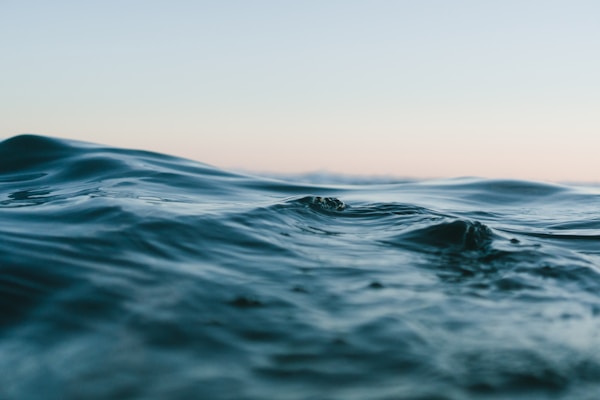
Source (no endorsement)
By Matthew Taylor, Associate Researcher & Writer for Save The Water™ | August 23, 2021
As society continues to industrialize and people consume more, our water is becoming more and more polluted. The amount of water pollution is staggering: in 2019, there were over 5 trillion pieces of plastic in the ocean. That number doesn’t even include other kinds of garbage. This amount of pollution is daunting, and it seems like there is nothing we can do. Luckily, if enough people put their minds to it and take steps to reduce water pollution, then they will have a big impact on the quality of our water. But what can the average person do to reduce water pollution?
Unfortunately, bodies of water like those in the image above are very common. You can go to any local body of water, like a river or pond, and pick up trash. Even picking up a few pieces of garbage will get the water in better condition than it was before. Better yet, get a bunch of your friends and family together and organize a community cleanup. Just make sure to coordinate with your local government because they may be able to provide trash bags or pick up your garbage once you’ve collected it.
Synthetic fabrics like polyester and nylon contain small plastic fibers called microfibers. When washed, clothing sheds these millimeter-length fibers. Your dryer lint trap and wastewater treatment processes catch some of these fibers. The majority of them, however, pass through unfiltered and make their way into the water because they are so small. Microfibers are considered a major problem because 35% of microplastics, which include microfibers, come from the clothing and textiles industries.
Three of the easiest ways that you can change how you wash your clothes and prevent fewer microfibers from making their way into the water are:
Plastic is one of the biggest contributors to water pollution. It ends up in our bodies of water and can be extremely difficult to remove. For example, the Great Pacific Garbage Patch, a floating patch of garbage in the Pacific Ocean that is composed of debris deposited by currents, is mostly made of plastic. So it would make sense to use less plastic.
It’s easy to start using less plastic. Consider making some of these changes:
There are many concrete actions that you could take to reduce your plastic consumption. It only takes three weeks to adopt a new habit. Choose one of the above and try it out!
Chemicals are another major source of water contamination. Pollutants like chemical cleaners, paint, and other toxic substances should not be dumped down the drain in your kitchen. Certain chemicals can be extremely difficult to remove from the water, so oftentimes they just remain in the water even after it has been treated.
Look into how you can dispose of these contaminants in your area. There may be hazardous waste days offered by your local government where you can safely dispose of these contaminants. There may also be special disposal facilities in your area. Do your part by doing your research and finding a way to dispose of your chemicals and other pollutants rather than dumping them down the drain.
Keeping your vehicle maintained and in good repair means that there will be fewer potential issues with it. Vehicles with issues may leak oil, antifreeze, coolants, and other contaminants, which will eventually end up in the water supply. These contaminants, like many others affecting water, can be very difficult to remove. Maintaining your vehicle means that you have a more reliable vehicle to drive around, and it also means that it is having less of an impact on water supplies.
Even if you create minimal water pollution, you can always pressure others to do the same. Write to your local government officials and to manufacturers whose products you use to make your voice heard. Even though it might not seem like much, if government officials and manufacturers are under enough pressure, they may change their ways. And if they don’t, you can always elect new government officials and give your money to manufacturers’ competitors. Anyone can take steps to reduce water pollution by taking some of the advice listed above. While it may not seem like much, if enough people do it, there will be a major positive impact on our water resources. A good place to learn more about microfibers, water pollution, and other water issues is the Save the Water™ website. Be sure to check it out!